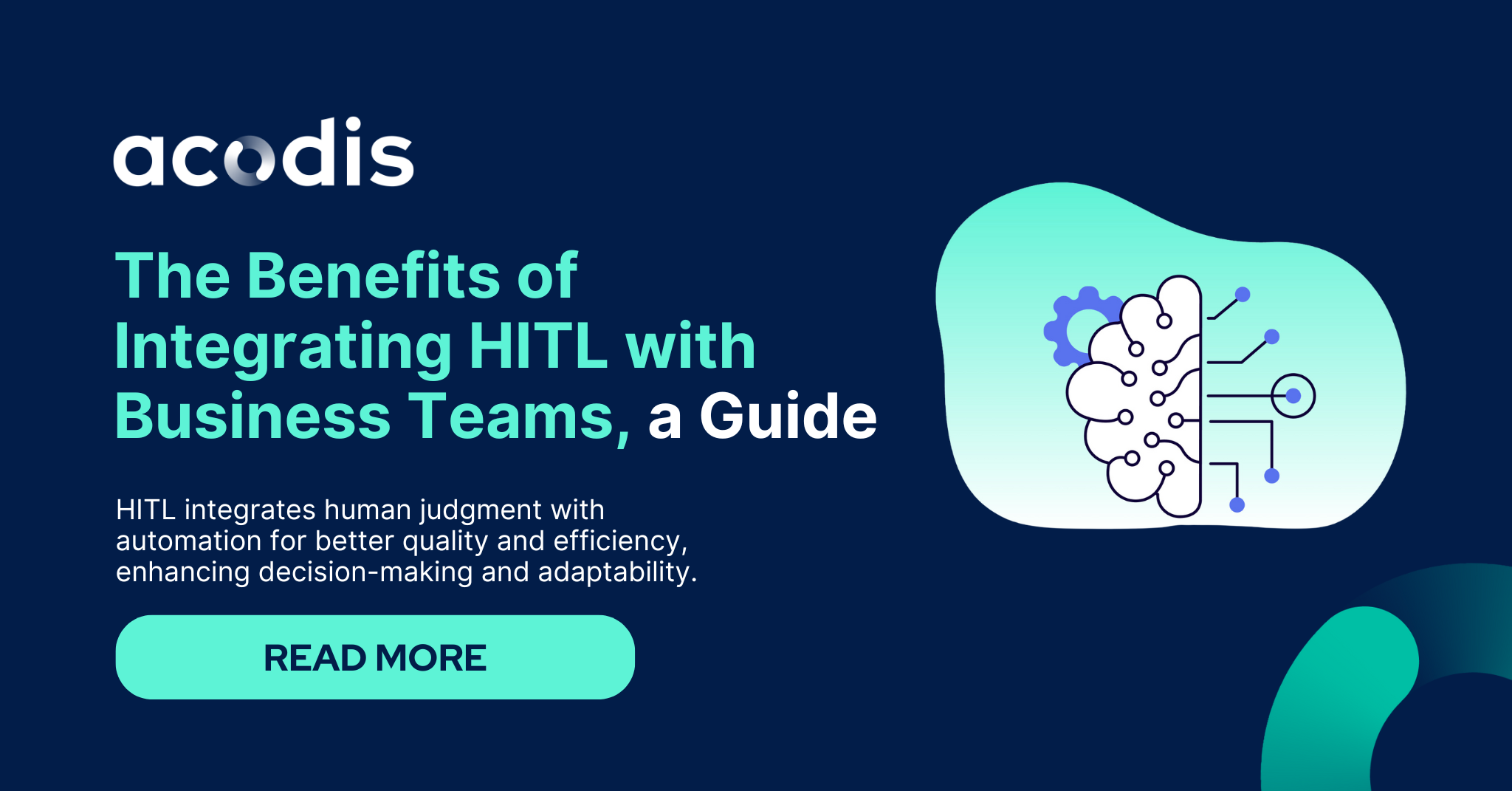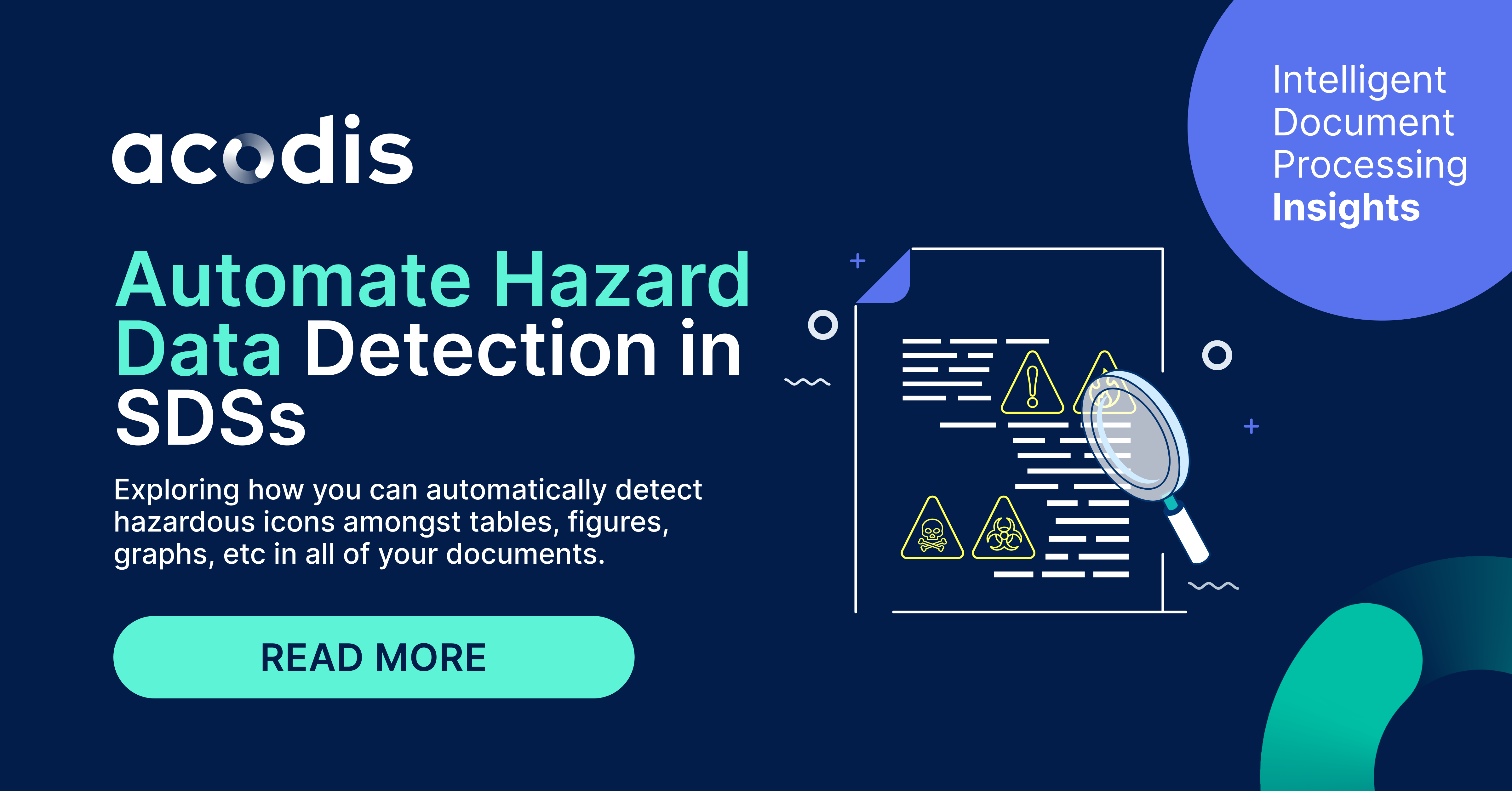Data is an essential part of many businesses today. Curated information helps decision-makers strategise, create budgets and marketing plans faster and with clear foresight. Ideally, all the data you receive is neatly organised into categories. But in reality, much of the information you need may fall into the unstructured category.
Unstructured Data Definition
Unstructured data comes from various sources, including documents, spreadsheets, social media posts, and emails, and is usually unorganised and uncategorised. While structured data may be easier to read and analyse, unstructured data provides a meatier picture of relevant data points.
If you want to access this vital information, you'll need to learn how to extract the key points and map the data to analyse it correctly and faster. Here a few tips to make studying unstructured data easier:
Tips for analysing unstructured data in documents
- Know your goal
- Identify your data sources
- Gather your unstructured data
- Evaluate and clean your data
- Create a framework for analysing your data
- Create graphs or visual tools
Know your goal
What do you need to know and learn from your data? Are you looking for a specific number, behaviour trends or cause and effect? Once you know the precise information you need, you can weed out unnecessary information and focus only on pertinent data.
Identify your data sources
Where will you get your information? You can further narrow down data points by limiting your parameters to data sources that directly apply to the information you need. Exclude tangential resources to get more targeted data results.
Gather your unstructured data
You'll need to get all your data together. An automated data extraction is an excellent option, especially if you want to analyse a lot of information and need real-time access. Using an automated system also provides the peace of mind of error-free data extraction.
Evaluate and clean your data
Review the data you have collected and determine what information you need. When you collect data, you often gather irrelevant data. Archive any of the information you don't need, so it's easier to organise the critical data points to your research.
Create a framework for analysing your data
If you've collected a lot of information, it'll be nearly impossible to go over everything line by line. Instead, create a dictionary of the most common terms found in the data, making sure to commonly use words (how, what, if, an, like, etc.) that are relevant to your needs. Creating a framework to find patterns and sort your information will make analysing the data much more straightforward. You can also tag specific phrases to help organise the information.
Create graphs or visual tools
You can visually represent the relevant data points through graphs and charts to simplify the data analysis. In addition to making it easier for you to draw conclusions and make decisions from the information, visual analytics are easy to share and easy for others to understand.
Carefully curated data is a great asset to organisations. Knowing how to correctly identify, gather, sort, analyse and use that data is the key to success.
Contact us today for a meeting.




